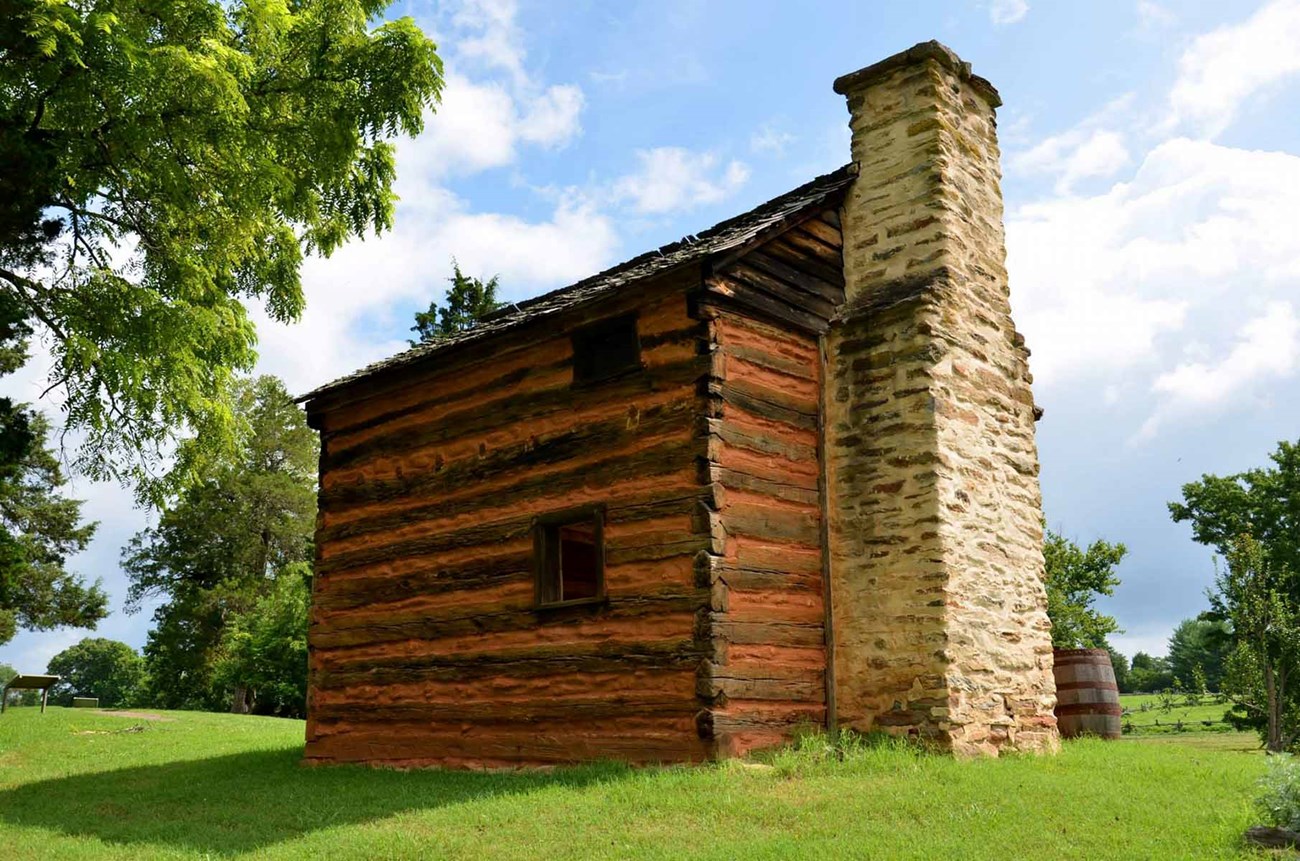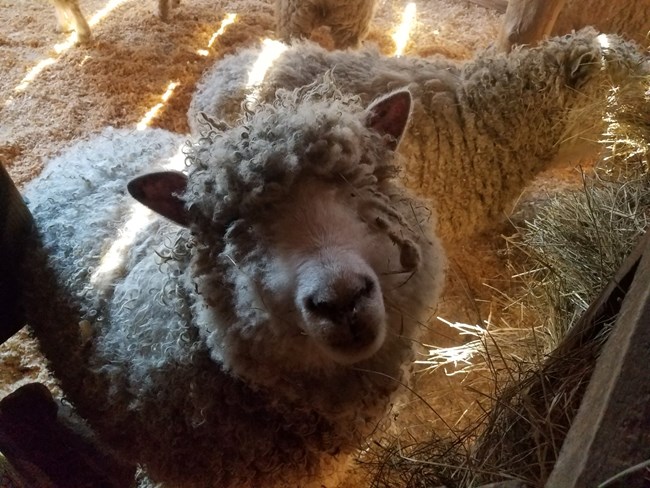Last updated: May 11, 2018
Article
National Park Getaway: Booker T. Washington National Monument
By: Betsy Haynes, Park Ranger, Booker T. Washington National Monument
Updated on May 10, 2018

NPS Photo
“Take me back to Old Virginia” is what the old song says. “Carry me back to old Virginia. There's where the cotton and the corn and taters grow. There's where the birds warble sweet in the springtime…”
Why would anyone want to travel back to old Virginia? Maybe because a trip back into the rolling hills below the Blue Ridge Mountains in the Piedmont area of Virginia holds some amazing stories from the past? One such story can be found at Booker T. Washington National Monument. Located 30 miles southeast of Roanoke, Virginia, near Smith Mountain Lake, this national park unit is the birthplace of noted educator, orator, and presidential adviser, Dr. Booker T. Washington. Washington rose “Up From Slavery” to become one of the most influential African American leaders at the turn of the 20th century. Dr. Washington’s life began as an enslaved person on a farm in these foothills.
Want to learn more about Dr. Washington’s life? First stop by the visitor center, located right off of Virginia Route 122. Step inside to watch an award-winning 12-minute movie, “Measure of a Man," to learn about Washington’s life as an enslaved child. You can also see Dr. Kenneth Morris, a descendant of Booker T. Washington and Frederick Douglass in this film.
Once you finish the movie, view the recently designed interactive exhibits to learn more about life on a mid-19th-century tobacco plantation. Take a walk down on the ¼-mile loop plantation trail through the historic area. Walk into the reconstructed kitchen cabin where Washington spent those first nine years of life until he took his first breath of freedom. As a child, Washington was only known as “Booker” when he lived on the plantation. In the spring of 1865, at the conclusion of the American Civil War, the news of freedom was delivered to the plantation. Until that day, Booker was considered “chattel,” or property, by his owners.
The kitchen cabin where Booker lived with his mother, older brother John, and younger sister Amanda, had a dirt floor, no bed, and no glass in the windows. Washington wrote in “Up From Slavery” that the cabin had “small holes large enough to let small animals in.” He said that his family never really sat down for a meal. The family got their meals just as “dumb animals” do, a cup of milk here and a piece of bread there. Once in while he wrote that he “acquired” a potato and roasted it and thoroughly enjoyed it. Occasionally, he was treated to a little bit of molasses on a plate and would tilt the plate so that the molasses would spread out and appear to be more. Washington had one vivid memory of his mother cooking a chicken in the middle of the night and feeding it to him and his siblings.

NPS Photo
Stroll through the garden to see an example of a subsistence garden from the 1850s. Wander over to the farm area and visit with three types of rare breeds of farm animals, including Ossabaw Island hogs, Cotswold sheep, and Bourbon Red turkeys. Other animals include horses and ducks.
You will not find cotton growing in this part of Virginia, as the song says. This area was known for dark tobacco, which was fired in tobacco barns and cured. You can walk into a tobacco barn that is on the National Register of Historic Places. It was originally built around 1896, after Washington resided at Tuskegee, but is the type of tobacco barn from that period. In 1861, 10 slaves were listed as property of the owner when he passed away. They labored in this cash crop. You can usually see a sample of the dark tobacco growing in the park during the summer and into fall.
If you are the type of person who likes to spend some time in the woods, take a walk on the park’s 1.5-mile Jack-O-Lantern Branch nature trail. It provides the perfect opportunity to take in some fresh air while hiking along a few creeks in the park.
Booker T. Washington National Monument and Tuskegee Institute National Historic Site are both units of the National Park Service honoring the life and legacy of Dr. Booker T. Washington. Why not take that drive south?! Visit our website to learn about upcoming special events.
